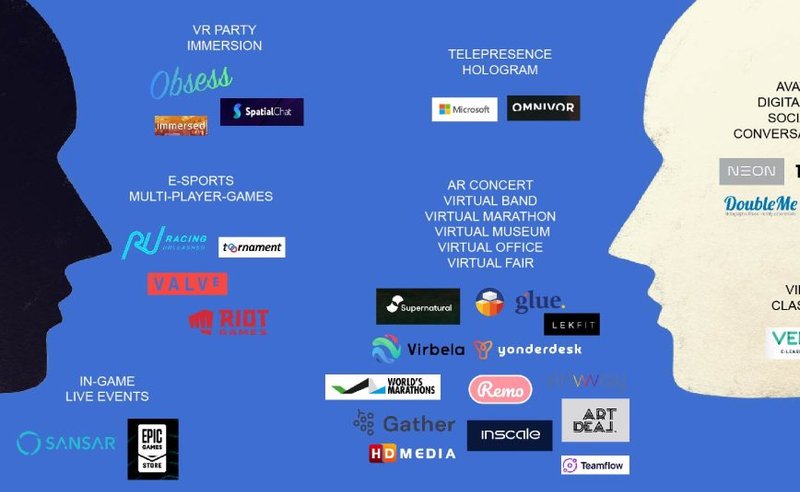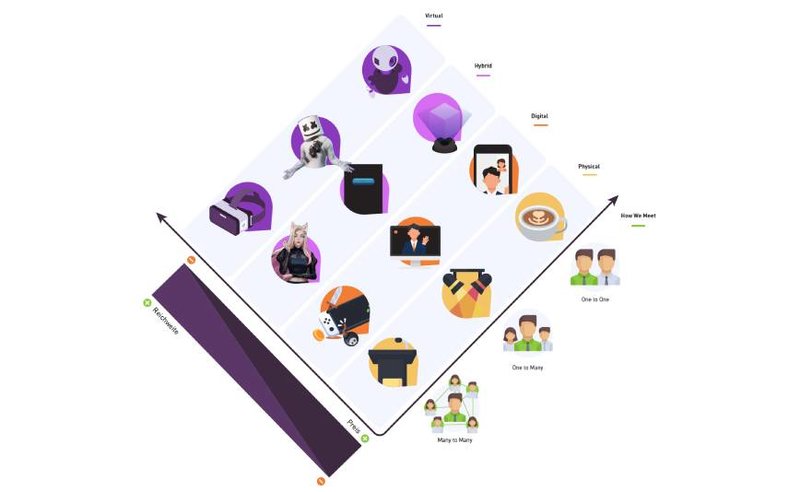Technical means are increasingly bridging the gap between the virtual and analogue worlds by imitating ‘real’ encounters. But while they can certainly complement face-to-face encounters, they’ll never fully replace them. Because people need direct contact with their fellow human beings, as the following examples show:
Touch provides security and trust. It reduces stress, supports healing, combats loneliness, activates the immune system and triggers the release of the ‘happiness hormone’ oxytocin. Touch even relaxes the heart rhythm. Lack of touch can give rise to ‘skin hunger’ or ‘touch starvation’, i.e. the need to be touched. Handshakes at work, a hug from a friend or even petting an animal can help guard against this.
Social contacts with loose acquaintances are known as ‘weak ties’ and they increase our well-being. However, these are precisely the types of contact that tend to fall away when we work more online and move around less in public.
Faces are a ‘vitamin’ against depression. According to one study, people who regularly interact with family or friends show half as many symptoms of depression as those who have fewer such exchanges.
Research by Israeli neuroscience professor Moran Cerf has shown that the brain waves of two people align when they spend time together. After a while, they are almost identical, meaning people really can be on the same wavelength.
Whether or not you fall in love with someone is partly determined by smell. It also influences our well-being and plays a role in purchasing decisions.
After the pandemic, we will appreciate interpersonal encounters and personal contacts again. Although new technologies can already imitate certain encounters, such as conversations or touch, they are unlikely to be able to replace them completely. Humans are, quite simply, programmed to be social beings.
Zoom is so yesterday: these are the meeting providers of the future (part 2)
Zoom was just the beginning – companies around the world have long been working on developing the meeting solutions of the future. Here, the GDI highlights the most promising providers. The future of meetings was also discussed by international speakers at the GDI Trend Day on 10 March 2021.
Infographic: Meeting places of the future (part 1)
The COVID-19 pandemic has severely restricted our social lives. Any close contact is potentially dangerous. But what are the alternatives? New opportunities for meet-ups are emerging that are safe and cost little. A GDI infographic shows how we will meet in the future. The future of meet-ups was also the central topic at the GDI Trend Day on 10 March 2021.
Sarah Kenderdine: "We hope this will change the nature of museum-going forever"Museums, theatres, concert halls: wherever people came together to enjoy culture, there is now a yawning emptiness. How can museum-going be revolutionised? Sarah Kenderdine, a professor at EPFL Lausanne, provides the tools for innovation.